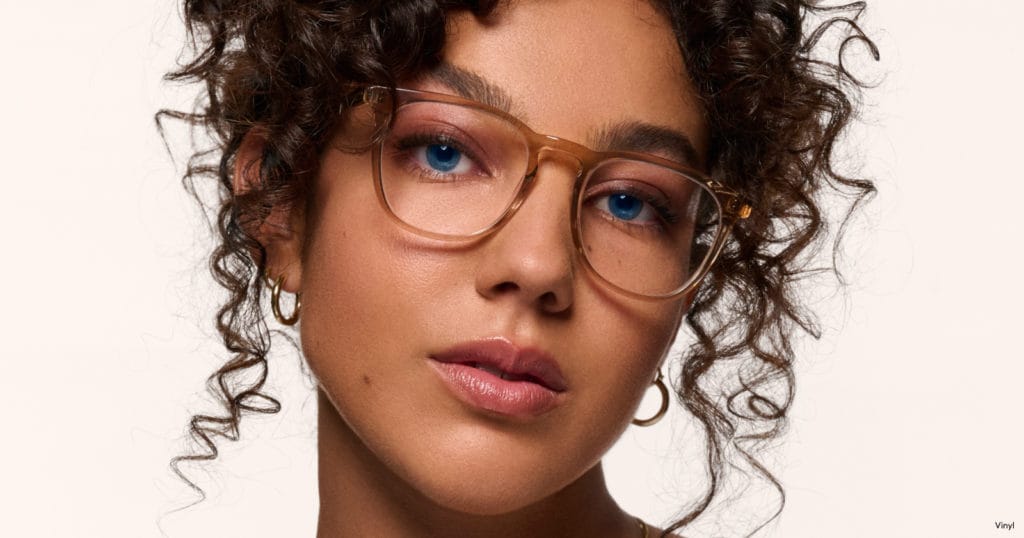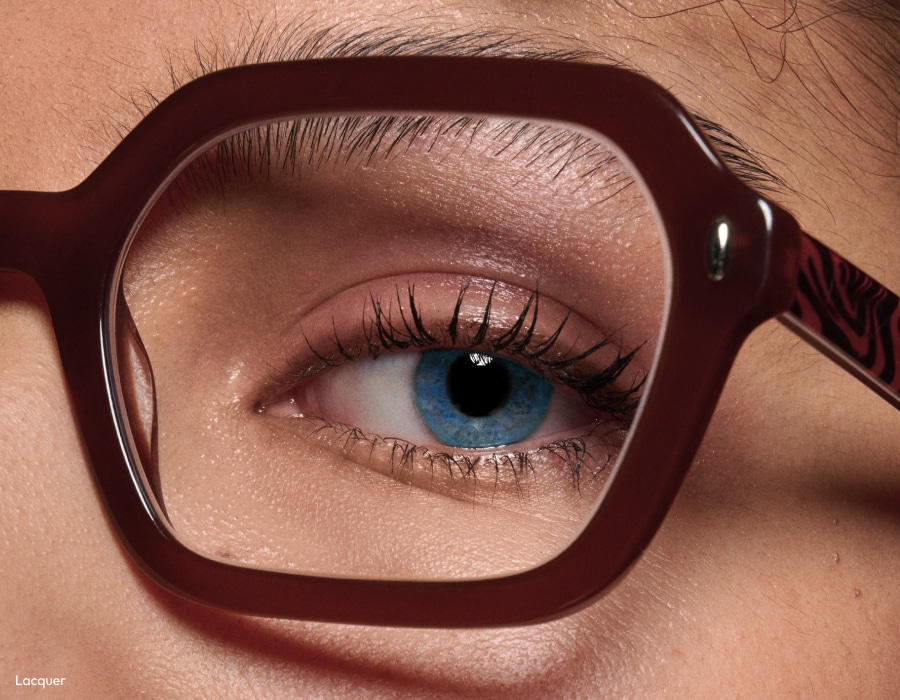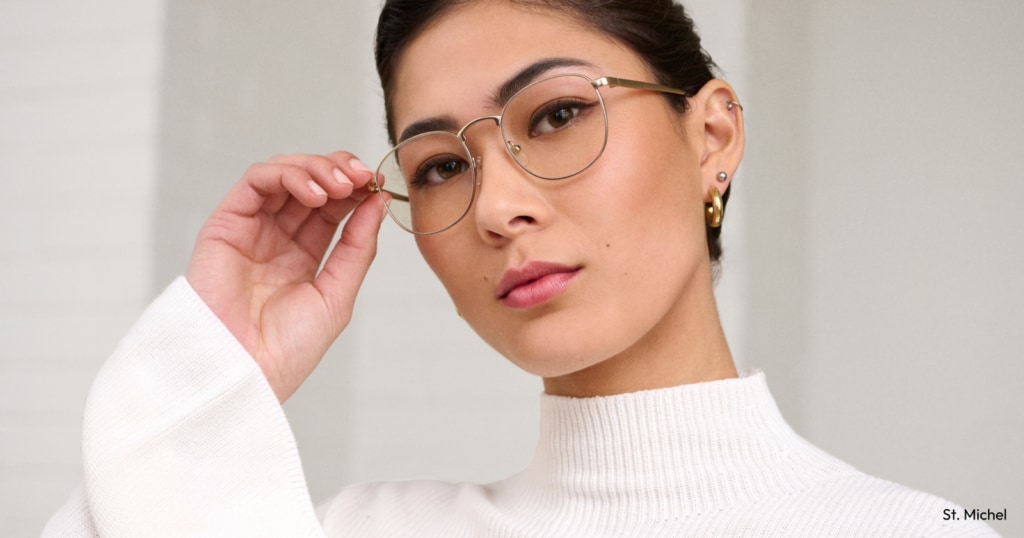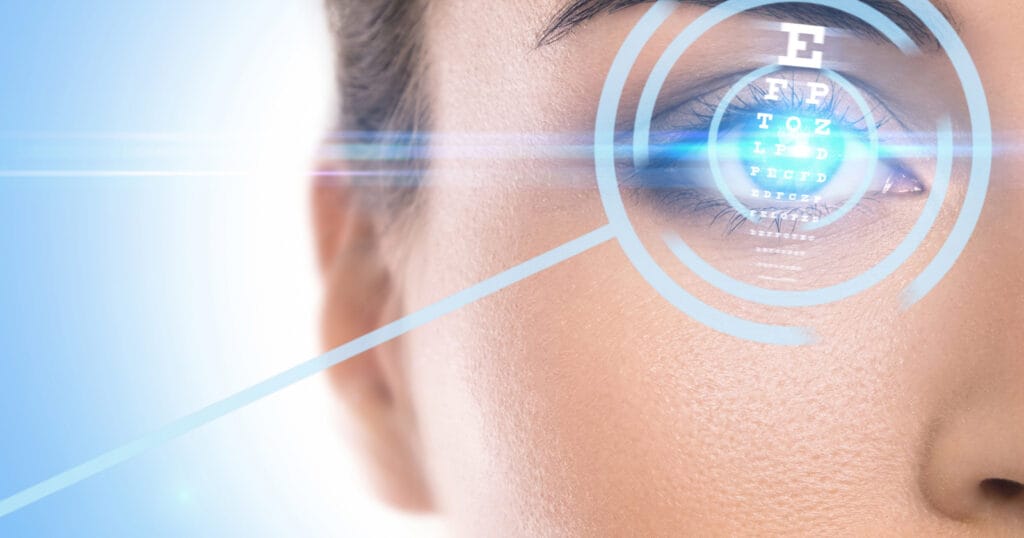Reviewed by Thomas Stokkermans, OD, PhD on June 21, 2023
The blue eye color is considered beautiful by many. But there’s more to these colorful eyes than you may know. Here’s a look at how rare blue eyes are, when they originated, and some facts you may find surprising about blue eyes.

How Many People Have Blue Eyes?
The American Academy of Ophthalmology conducted a survey in 2014 to record the percentages of eye color in Americans. Data showed that 27% of Americans had blue eyes at the time of the report.
Brown was the most common color at 45% of Americans. Hazel eyes came in at 18%, and green eyes at 9%. Only 1% of people had a different eye color than the ones noted in the study.
Where Do Blue Eyes Come From?
Believe it or not, blue eyes are not actually blue. So where does the color come from?
The shade of your eyes comes from the iris (the colored part of the eye), which has two different layers. The first layer of the iris is called the stroma, and it’s where your eye color appears. The second layer of the iris is called the pigment epithelium, and it contains brown pigment.
Everyone has brown pigment in the second layer of the iris, regardless of what color their eye appears to be.
But in blue eyes, the stroma doesn’t contain any pigment, and the iris reflects light differently without it. Fibers within the iris absorb longer wavelengths of light, giving the appearance of the blue color.
The sky looks blue for the same reason: Blue light is scattered more than other colors in the atmosphere and this becomes the most prominent visible color.
Are Blue Eyes Genetic?
Yes. And while your eye color does depend on the color of your parents’ eyes, it’s actually a little more complicated than that. What we mean by this is that there isn’t one single gene that determines eye color, but several.
This makes it difficult to predict what a child’s eye color will be. It’s also the reason why two brown-eyed parents can have a child with blue eyes.
Are Blue Eyes a Mutation?
Scientists have confirmed that blue eyes are a mutation of brown eyes. Between 6,000 and 10,000 years ago, everyone had brown eyes. But eventually, a genetic mutation affected the production of melanin, the brown pigment in the eyes.
As we mentioned before, a lack of pigment in the first layer of the iris causes light to reflect more blue than any other color. And it’s all thanks to this genetic mutation from thousands of years ago.
Are All Blue-Eyed People Related?
Yes … well, very loosely related. Research has suggested that all blue-eyed people share a common ancestor who possessed the genetic mutation that causes blue eyes. But this ancestor was born between 6,000 and 10,000 years ago when this eye color first appeared.
So don’t worry! Having blue eyes doesn’t (necessarily) mean that your parents are related.
More Fun Facts
Still curious about blue eyes? Here’s some trivia you may find interesting:
- The irises develop more melanin in the first few years of life, so babies born with blue eyes may lose some of the hue they were born with as they grow.
- Having lighter eyes may mean you’re at a higher risk for skin cancer, according to a study published in the journal Cancer Causes & Control.
- Blue eyes have less melanin than other eye colors, which can make them more sensitive to light, and essentially at greater risk for ultraviolet (UV) damage from the sun.
- People with blue eyes are said to have a lower risk of developing cataracts, but a higher risk of developing ocular uveal melanoma (eye cancer).
If you’re ready for a new pair of glasses, schedule an appointment with your eye doctor for a comprehensive eye exam. They’ll check the health of your eyes and give you an updated prescription for your glasses.
Whether you have a beautiful shade of blue eyes or another unique eye color, be sure to keep your eyes healthy with regular eye exams and UV protection. It’s important to keep those baby blues shining!
Sources
- Your blue eyes aren’t really blue. American Academy of Ophthalmology. June 2023.
- 5 things you might not know about blue eyes. All About Vision. February 2019.
- Eye color and the risk of skin cancer. Cancer Causes & Control. October 2021.








